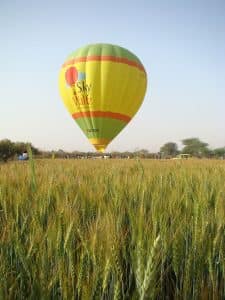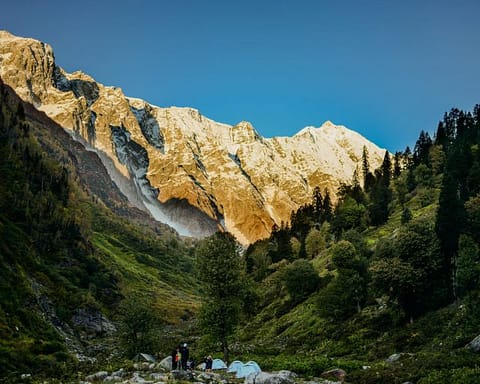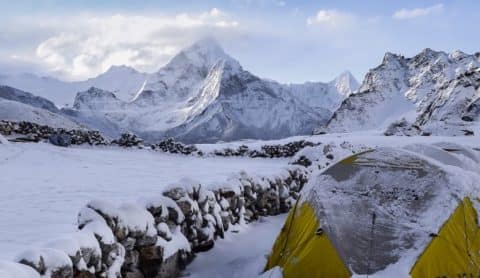Situated at a height of 21,778 feet, the majestic Mount Kailash is said to be an abode of Lord Shiva hailed as ‘destroyer of evil’. The grand mountain is nestled in the South-Western part of Himalayas Tibetan Plateau. Also, located in close proximity to Lake Rakshasta and Lake Manasarovar, Kailash paves the path for four major rivers of Asia i.e. the Brahmaputra, Indus, Sutlej and Karnali.
Hence, the Kailash Mansarovar Yatra serves as both a sacred journey for devoted Hindus and an exploration of the breathtaking Himalayas for adventurous souls.
The Most Fascinating Journey Ever!
The journey to Kailash Parvat is not just a regular yatra, it is a completely life-changing experience for those who undertake it. A hike to this breathtaking, isolated, eternal and fascinating sacred spot is like a journey within oneself. Kailash Mansarovar Yatra is like an experience of a lifetime!
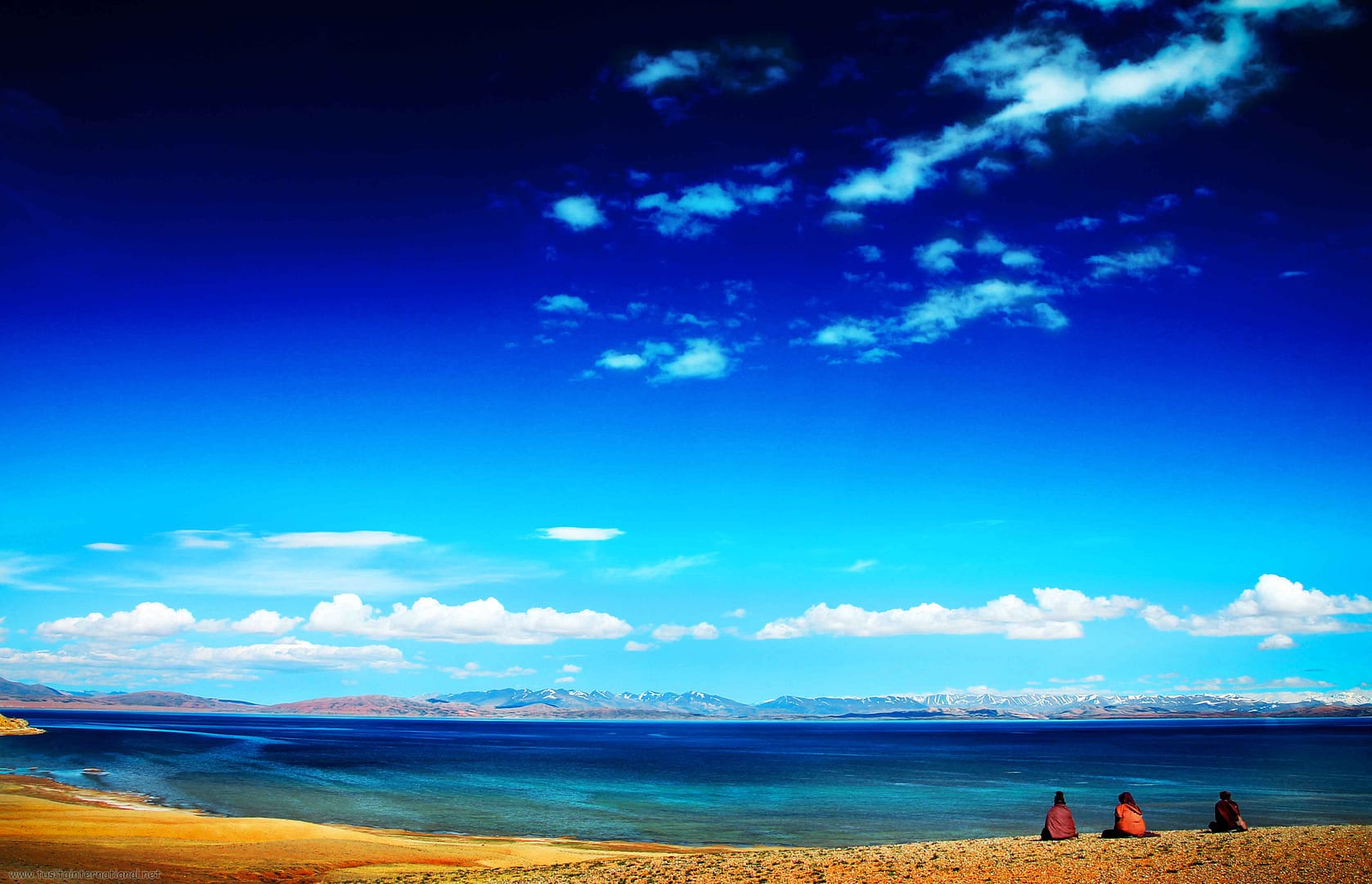
Situated at a height of 15,015 feet, the emerald green and sacred blue Manasarovar Lake is just at a distance of 20 km from Kailash Parvat. The lake is said to be an embodiment of purity which has the power to wash away your sins and heal your wounds.
The spiritual journey involves meditation sessions, satsangs and bhajans which would subsequently be followed by the difficult yet exciting trek to the North face of Kailash. You will get an opportunity at the Kailash Mount to meditate in the presence of the Almighty.
Hidden Jewels on Kailash Route
During this trip, travelers would have the opportunity to explore Lhasa, the capital city of Tibet and the highest city in the world. Along the route to Kailash, there are numerous tourist attractions to visit including Jokhang temple, Bhakor Street, Sera Monastery, the magnificent Potala Palace, and the vibrant Lhasa market.
You can experience the breathtaking and beautiful views of Darchen, Dirakphuk, and Zuktulpuk.
My Journey to Sacred Mount
We all reached the Tribhuvan International Airport, which is located 6 km from the city center. After arriving at the airport in Kathmandu, I met my tour representative who greeted me warmly. Together, we made our way to the hotel that had been booked for us. After completing the check-in process, I took some time to relax after having lunch. Eventually, the tour representative introduced me to 9 other trekkers who were also embarking on this exciting journey. He then provided us with an overview of the program schedule. Once the briefing session was finished, I decided to take a leisurely walk in the hotel garden.
The following day, we awoke to a breathtaking sunrise in the valley, accompanied by the pleasant sounds of birds chirping. Afterwards, I enjoyed a delicious breakfast at the hotel’s restaurant. Our guide arrived and provided us with an overview of the day’s plans before taking us to two sacred temples in Nepal: Pashupatinath, dedicated to Lord Shiva, and Budhanilkanth, dedicated to Lord Vishnu. For lunch, we dined at a Nepali restaurant and had the opportunity to taste authentic dishes such as Thupka, Sel Roti, and Momos. Additionally, we visited the Patan Museum and the Taragaon Museum.
On Day 3, we embarked on a 6-hour bus journey from Kathmandu to Dhunche. Despite the challenging and bumpy road, the drive through the magnificent mountains was delightful. The main motivation during the trip was the opportunity to witness rare natural sights, far away from the noise and commotion of the city. We stayed overnight at a prearranged guesthouse. The following morning, after enjoying delicious paranthas and curd, we headed towards Rasuwagadi, which marked the starting point of our trek. The sight of moving clouds, lush green mountains, and chilly wind added excitement to our journey. After a few hours of walking, we arrived at Lipulekh Pass, where we had to wait for Chinese authorities to complete immigration procedures. After being monitored by officials for 1.5 hours, we boarded a bus that took us to Kyirong. We spent the night at a lodge in Kyirong and on the 5th day, we explored the markets and monasteries in Kyirong.
The following day, as we traveled to Dongba, we were treated to stunning visuals of mountain landscapes and a beautiful blue lake called Pieko-Tso. Additionally, we were able to admire the Yarlung Zangpo, also known as the Brahmaputra River. After a journey of 7 hours, we finally arrived at the Dongba guest house where we would be staying for the night.
Today was the day we embarked on a journey to Lake Mansarovar, the highest and most sacred lake in the world. We began by crossing Mayumla Pass and stopped there to have our lunch. Afterward, we arrived at Prayang County, where we took a 15-minute pause to admire the breathtaking Mount Kailash.
The sight of the lake, with its shades of blue and emerald green, was extremely impressive. The combination of mountains covered in snow, stunning views of sand dunes, and white clouds was absolutely majestic and truly awe-inspiring. It was a day dedicated to spiritual reflection and offering prayers. I had the opportunity to immerse myself in the purest lake, which is believed to possess the ability to cleanse us of all our wrongdoings. We spent the night at a campsite located on the lake’s shores. The following morning, it was time to prepare for a challenging yet fulfilling trek.
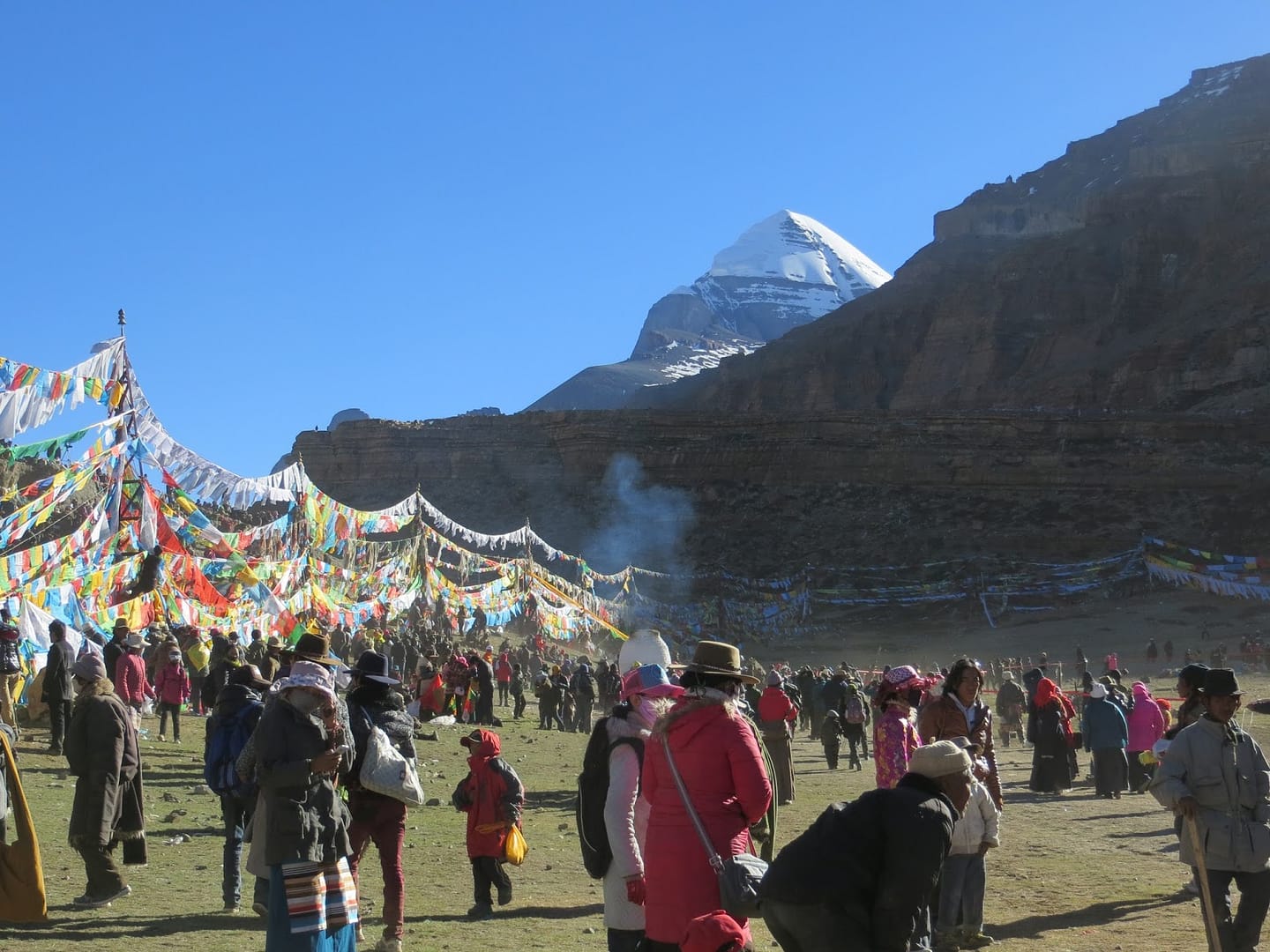
We gathered our belongings and traveled to the beginning of the trek, called Yamadwar. From there, we hiked to Dirapuk. Along the way, we were amazed by the view of monasteries perched on cliffs and yaks calmly moving across snowy mountain passes. Eventually, the moment arrived when we could witness the awe-inspiring and indescribable presence of this sacred mountain. For thirty minutes, we immersed ourselves in the beauty and vastness of the mystical Kailash. We stayed overnight at its foothills.
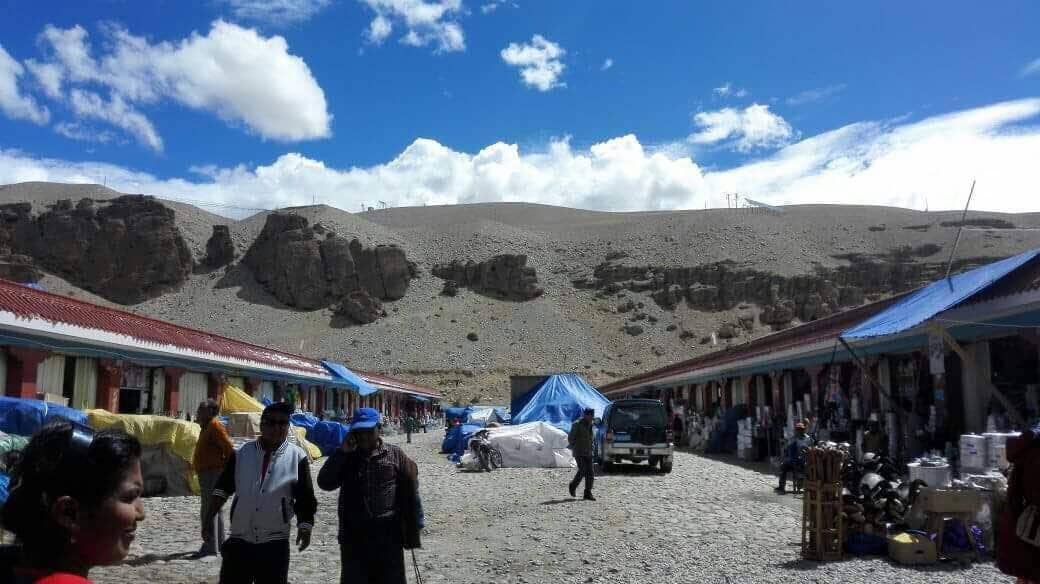
On the eighth day, we traveled from Dirapuk to the northern side of Kailash for meditation before returning to Dirapuk. Afterwards, we made our way back to Manasarovar and spent another night amidst the stunning mountain and lake scenery.
Next morning, the journey to Zuthulphuk began with a steep climb up to the Dolma-La Hi


